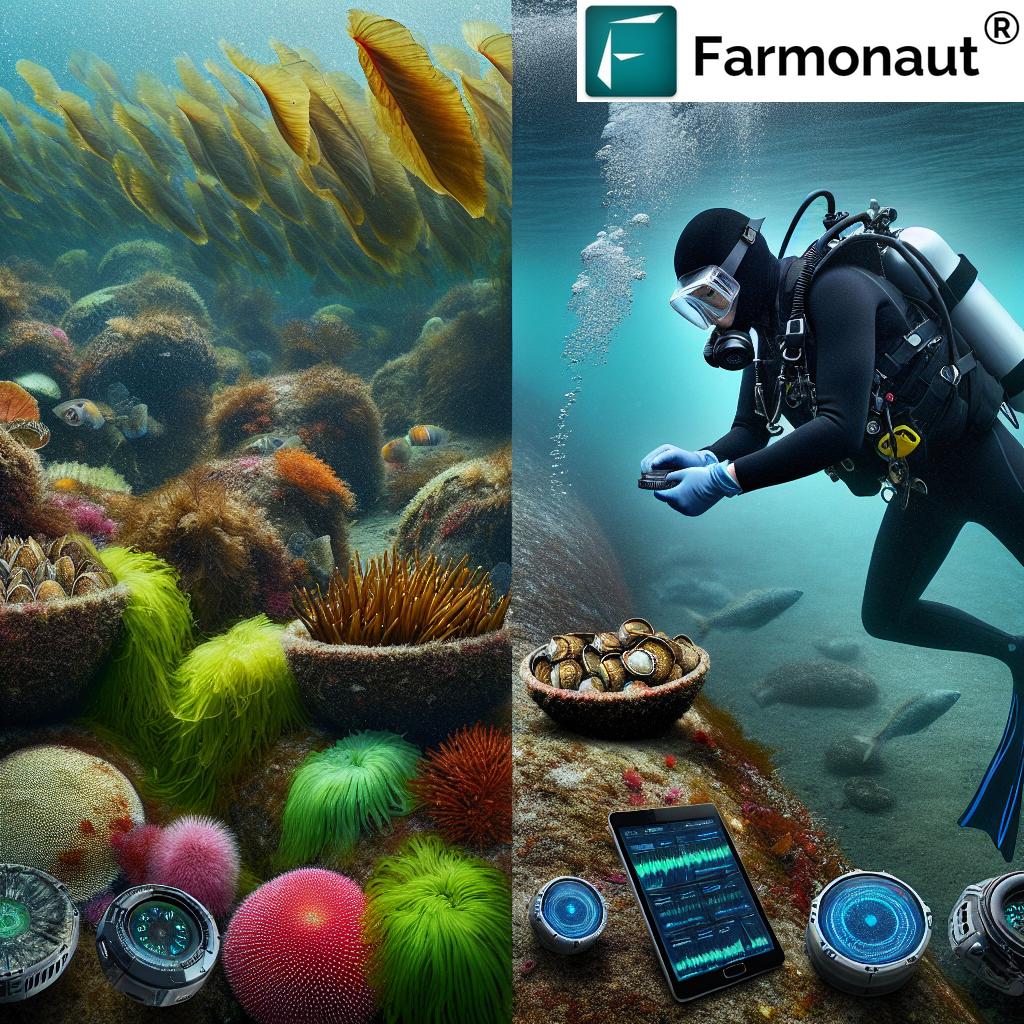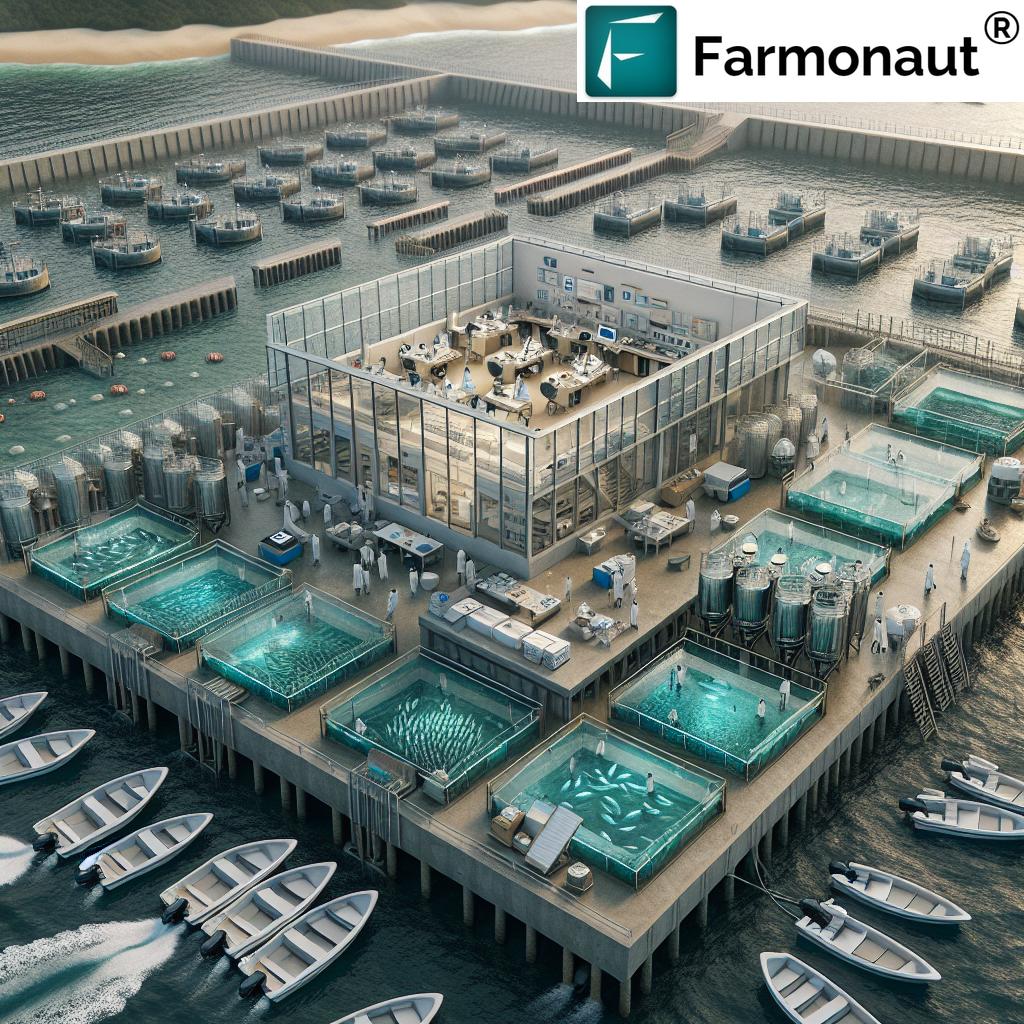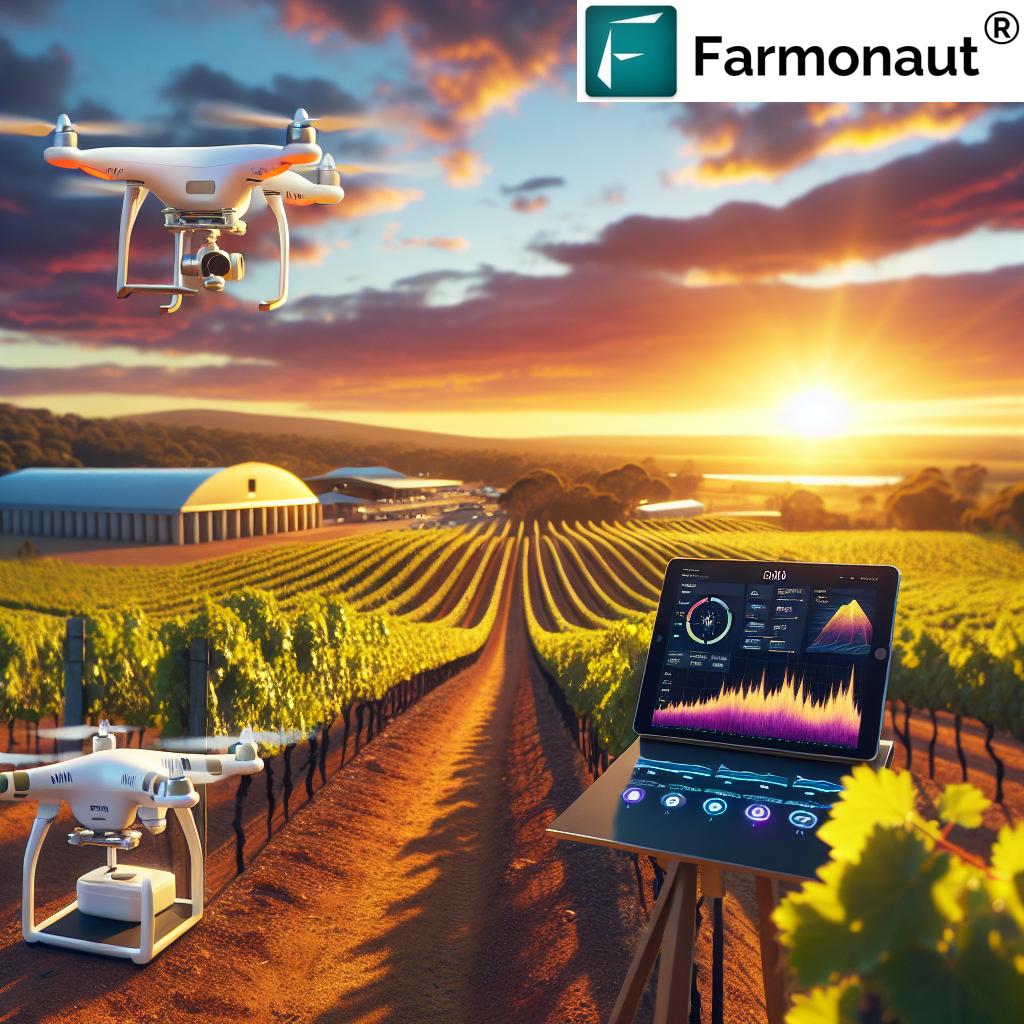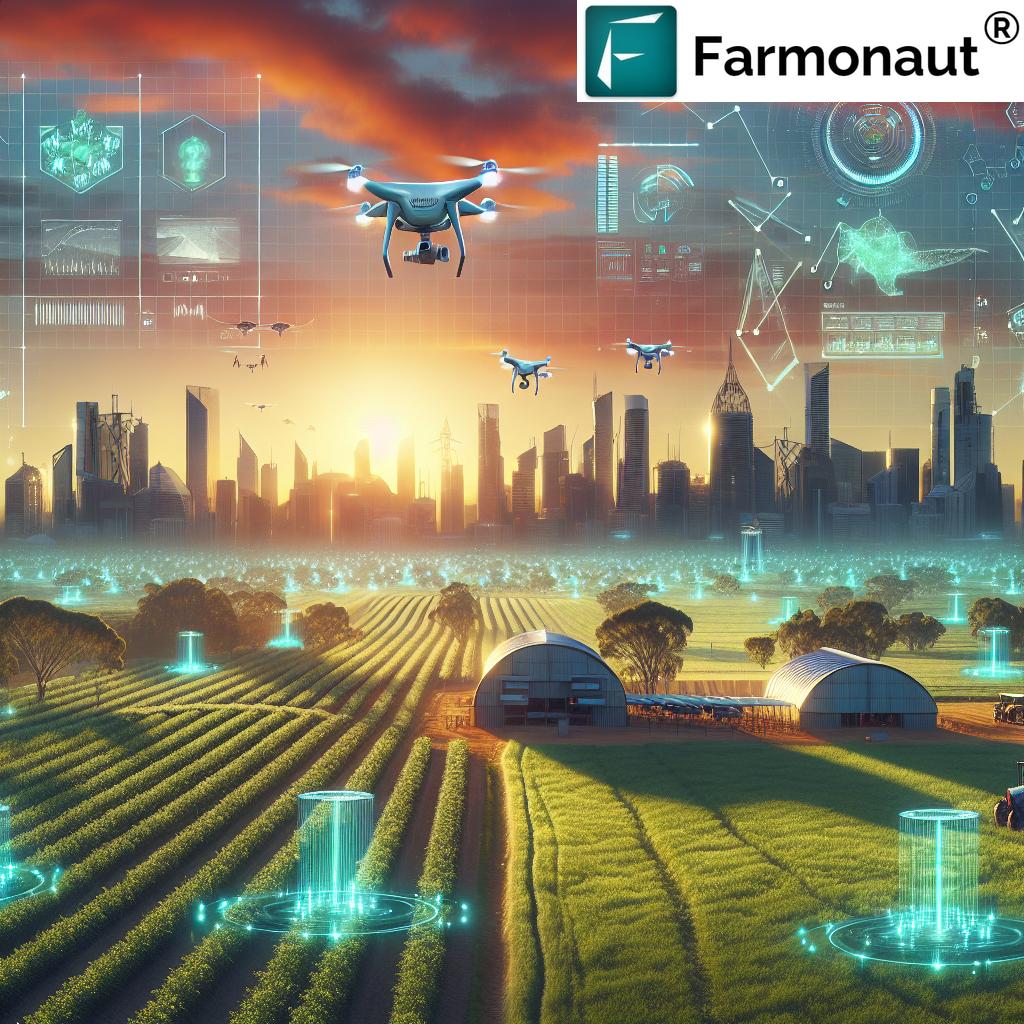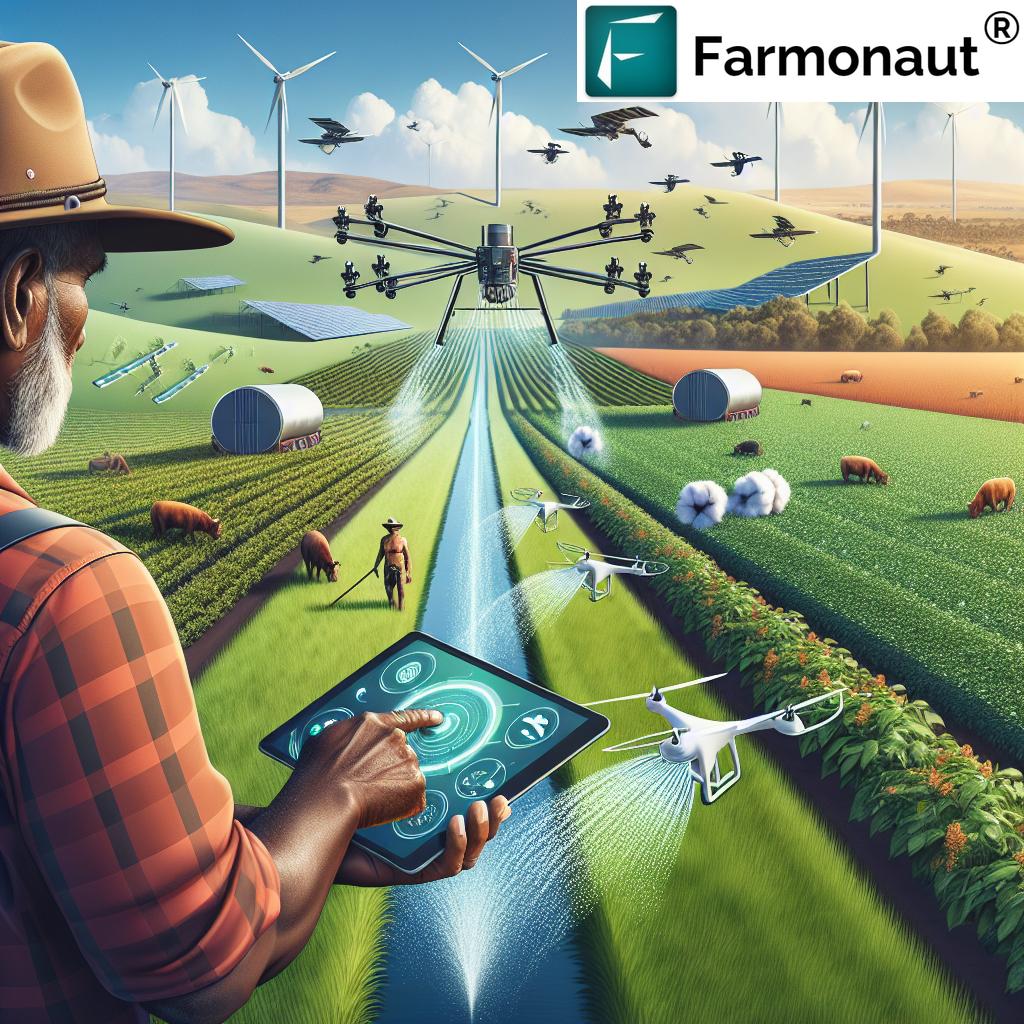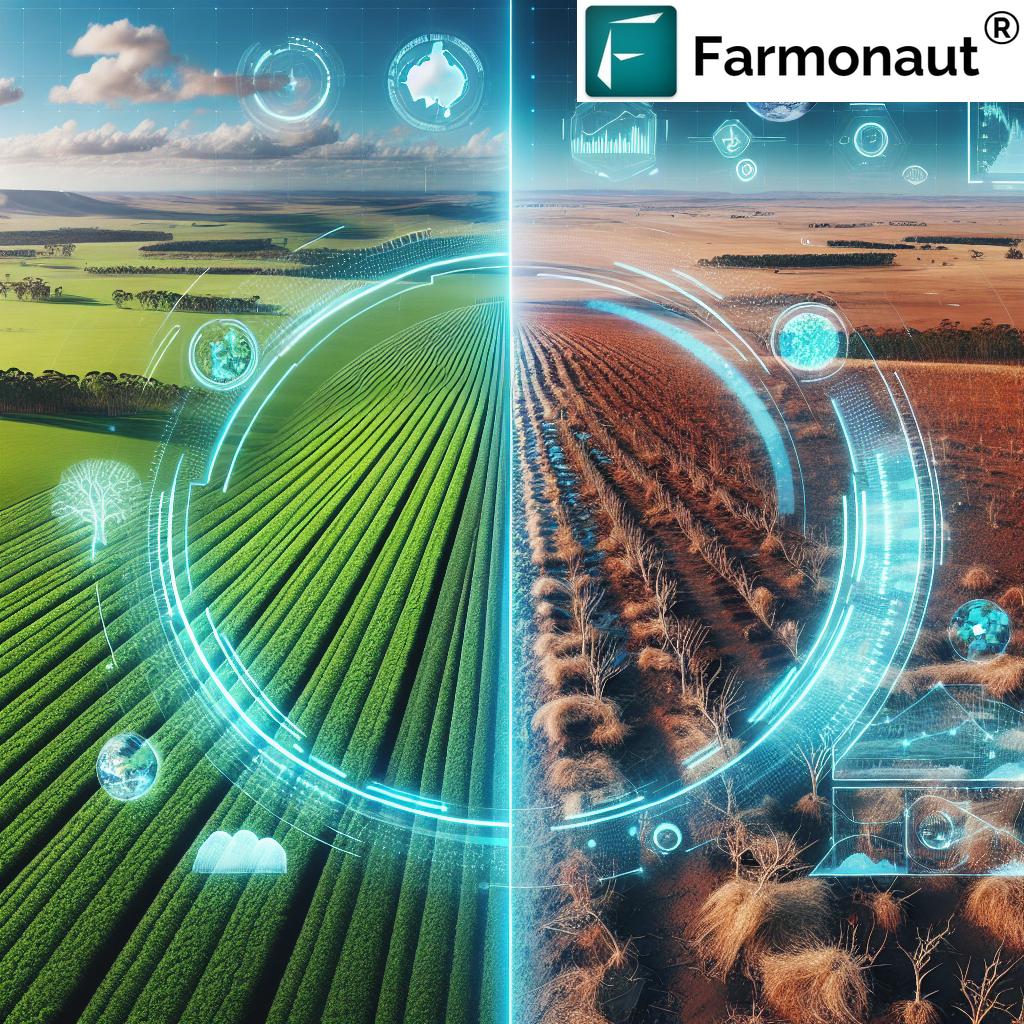Protecting South Australia’s Abalone: Essential Biosecurity Measures for Sustainable Aquaculture and Fisheries
“South Australia implemented control zones and buffer areas to combat Abalone Viral Ganglioneuritis (AVG) in Port MacDonnell waters.”
In the realm of sustainable aquaculture and fisheries, we find ourselves at a critical juncture where protecting our marine resources has become paramount. The recent outbreak of Abalone Viral Ganglioneuritis (AVG) in Port MacDonnell, South Australia, has brought to light the urgent need for robust biosecurity measures and sustainable fishing practices. As we delve into this comprehensive guide, we’ll explore the intricate balance between preserving wild abalone populations and supporting the seafood industry, with a focus on the essential steps required to combat AVG and maintain the health of our aquatic ecosystems.
Understanding Abalone Viral Ganglioneuritis (AVG)
Abalone Viral Ganglioneuritis is a highly contagious disease that poses a significant threat to both wild and farmed abalone populations. This viral infection targets the nervous system of abalone, leading to rapid mortality rates and potentially devastating consequences for marine ecosystems and the seafood industry alike.
- Symptoms of AVG include:
- Swollen mouth and curled foot
- Reduced ability to adhere to surfaces
- Lethargy and loss of appetite
- Discoloration of the foot and mucus membranes
The recent outbreak in Port MacDonnell has prompted swift action from authorities to implement control zones and buffer areas. These measures are crucial in containing the spread of the virus and protecting the valuable abalone resources in South Australian waters.
The Importance of Biosecurity in Aquaculture
Biosecurity in aquaculture encompasses a range of preventive measures designed to reduce the risk of introducing and spreading infectious diseases within aquatic environments. For the abalone industry, implementing robust biosecurity protocols is not just a matter of protecting individual farms or fishing operations; it’s about safeguarding entire ecosystems and ensuring the long-term sustainability of the sector.
- Key aspects of aquaculture biosecurity include:
- Strict hygiene practices
- Controlled movement of animals and equipment
- Regular health monitoring and surveillance
- Rapid response protocols for disease outbreaks
By prioritizing biosecurity, we can significantly reduce the risk of AVG and other aquatic diseases, ensuring the health and productivity of our marine resources.
Essential Biosecurity Measures for Combating AVG
To effectively protect South Australia’s abalone populations and support sustainable aquaculture practices, a multi-faceted approach to biosecurity is essential. Let’s explore some of the critical measures being implemented:
1. Equipment Decontamination
One of the primary vectors for AVG transmission is contaminated equipment. Thorough cleaning and disinfection of all gear that comes into contact with water or abalone is crucial.
- Decontamination protocols include:
- Washing equipment with freshwater to remove organic matter
- Using approved disinfectants effective against viruses
- Allowing equipment to dry completely before reuse
- Maintaining separate sets of equipment for different fishing zones
By rigorously adhering to these decontamination practices, we can significantly reduce the risk of AVG spread between different aquatic environments.
2. Fishing Zone Regulations
The implementation of strict fishing zone regulations is a cornerstone of AVG prevention strategies. These regulations aim to control the movement of both commercial and recreational fishers, minimizing the potential for disease transmission across different areas.
- Key aspects of fishing zone regulations include:
- Establishment of control zones in affected areas
- Creation of buffer zones to prevent disease spread
- Restrictions on the movement of abalone and other aquatic animals between zones
- Mandatory reporting of any suspected AVG cases
These regulations require the cooperation of all stakeholders in the fishing industry to ensure their effectiveness in containing AVG outbreaks.
3. Aquatic Pest Control Strategies
While AVG is a viral disease, managing aquatic pests is an integral part of overall marine ecosystem health. Effective pest control strategies can help maintain the resilience of abalone populations, making them less susceptible to diseases like AVG.
- Aquatic pest control measures include:
- Regular monitoring of pest populations
- Implementation of integrated pest management techniques
- Controlled use of approved pesticides when necessary
- Promotion of natural predator-prey relationships to maintain ecological balance
By managing aquatic pests effectively, we can create a healthier environment for abalone and other marine species, reducing stress factors that might make them more vulnerable to diseases.
4. Public Reporting and Awareness
The role of public awareness and reporting cannot be overstated in the fight against AVG. Engaging the community, especially recreational fishers and divers, is crucial for early detection and rapid response to potential outbreaks.
- Key elements of public engagement include:
- Educational campaigns on AVG symptoms and reporting procedures
- Establishment of easy-to-use reporting systems (e.g., hotlines, mobile apps)
- Regular updates on the status of AVG in different regions
- Collaboration with local fishing clubs and community organizations
By fostering a sense of shared responsibility, we can create a network of vigilant observers who can contribute significantly to the early detection and management of AVG outbreaks.
Advanced Technologies in Aquatic Disease Management
In the fight against AVG and other aquatic diseases, leveraging advanced technologies is crucial. At Farmonaut, we understand the importance of innovative solutions in agriculture and aquaculture. While our primary focus is on terrestrial crop monitoring, the principles of satellite-based observation and data analysis can be adapted to support aquatic ecosystem management.
Explore Farmonaut’s advanced agricultural solutions:
While Farmonaut’s technology is not directly applicable to abalone viral ganglioneuritis prevention, the principles of remote sensing and data analysis that we employ can inspire similar approaches in aquatic environments. For instance, satellite imagery could potentially be used to monitor water quality parameters that might influence disease spread in coastal areas.
Emerging Technologies in Aquatic Health Monitoring
- Underwater drones for visual inspections of abalone populations
- eDNA sampling techniques for early detection of pathogens
- AI-powered image analysis for rapid identification of diseased specimens
- Blockchain-based traceability systems for seafood supply chain management
These technologies, while not part of Farmonaut’s direct offerings, represent the cutting edge of aquatic health management and could significantly enhance our ability to prevent and respond to AVG outbreaks.
Sustainable Fishing Practices for Abalone Conservation
Implementing sustainable fishing practices is crucial not only for preventing the spread of AVG but also for ensuring the long-term viability of abalone populations. As stewards of our marine resources, it’s our responsibility to adopt methods that minimize environmental impact while supporting the livelihoods of fishing communities.
- Key sustainable fishing practices include:
- Adhering to catch limits and size restrictions
- Implementing seasonal closures to allow for population recovery
- Using selective fishing methods to reduce bycatch
- Participating in stock assessment programs to inform management decisions
By embracing these practices, we can help maintain healthy abalone populations that are more resilient to diseases like AVG.
Research and Development in Aquatic Animal Health
Ongoing research and development play a pivotal role in our understanding and management of AVG and other aquatic diseases. Collaboration between scientists, industry stakeholders, and government agencies is essential for developing effective prevention and treatment strategies.
- Current areas of research focus include:
- Genetic studies to identify AVG-resistant abalone strains
- Development of rapid diagnostic tools for field use
- Investigation of potential therapeutic treatments for infected abalone
- Ecological studies to understand environmental factors influencing disease spread
This research not only contributes to our knowledge of AVG but also enhances our overall understanding of aquatic ecosystem health and management.
The Role of Government and Industry Collaboration
Effective management of AVG and implementation of biosecurity measures require strong collaboration between government agencies, industry stakeholders, and research institutions. This partnership approach ensures that policies are informed by the latest scientific knowledge and practical industry experience.
- Key aspects of government and industry collaboration include:
- Development of comprehensive biosecurity plans
- Funding for research and development initiatives
- Implementation of industry-wide best practices
- Regular stakeholder consultations to address emerging challenges
By fostering strong partnerships, we can create a more resilient and sustainable abalone industry that is better equipped to face challenges like AVG.
Economic Implications of AVG and Biosecurity Measures
The implementation of biosecurity measures and the potential impact of AVG outbreaks have significant economic implications for the abalone industry and related sectors. Understanding these economic factors is crucial for developing sustainable management strategies.
- Economic considerations include:
- Cost of implementing biosecurity measures vs. potential losses from outbreaks
- Impact on export markets and international trade relations
- Diversification strategies to reduce economic risks
- Investment in technology and infrastructure for disease prevention and management
By carefully balancing these economic factors with environmental and biosecurity concerns, we can work towards a more resilient and sustainable abalone industry.
“AVG outbreaks threaten both wild abalone populations and Australia’s seafood industry, impacting ecosystem balance and economic sustainability.”
Community Engagement and Education
Engaging the wider community in biosecurity efforts is essential for the success of AVG prevention strategies. Education and awareness campaigns can help foster a sense of shared responsibility for protecting our marine resources.
- Community engagement initiatives may include:
- School programs on marine ecosystem health and biosecurity
- Citizen science projects for monitoring coastal environments
- Public workshops on sustainable fishing practices
- Collaboration with Aboriginal communities to incorporate traditional knowledge in conservation efforts
By involving the community in these efforts, we can create a more informed and proactive approach to marine conservation and disease management.
The Future of Abalone Aquaculture and Fisheries
As we look to the future, it’s clear that the abalone industry must continue to evolve and adapt to meet the challenges posed by diseases like AVG. Innovation in aquaculture techniques, coupled with strong biosecurity measures, will be key to ensuring the long-term sustainability of this valuable resource.
- Future developments may include:
- Closed-system aquaculture facilities with enhanced biosecurity controls
- Integration of AI and IoT technologies for real-time health monitoring
- Development of disease-resistant abalone strains through selective breeding
- Expansion of marine protected areas to support wild population recovery
By embracing innovation and maintaining a strong commitment to sustainability, we can build a resilient abalone industry that continues to thrive in the face of challenges like AVG.
Comparative Analysis of AVG Control Measures
To provide a clear overview of the various biosecurity measures implemented to control Abalone Viral Ganglioneuritis (AVG) in South Australian waters, we’ve compiled a comparative table. This analysis helps stakeholders understand the effectiveness and implementation challenges of different strategies:
| Control Measure | Description | Effectiveness | Implementation Difficulty |
|---|---|---|---|
| Equipment Decontamination | Thorough cleaning and disinfection of all fishing and diving gear | High | Moderate |
| Fishing Zone Regulations | Establishment of control zones and movement restrictions | High | Challenging |
| Aquatic Pest Control | Management of pests that may stress abalone populations | Medium | Moderate |
| Public Reporting System | Engagement of community in early detection and reporting | Medium | Easy |
| Advanced Diagnostics | Use of rapid, field-based testing for AVG detection | High | Challenging |
This table provides a quick reference for policymakers, industry professionals, and researchers to assess and prioritize different AVG control strategies. It’s important to note that a comprehensive approach combining multiple measures is likely to be most effective in managing AVG outbreaks.
Integrating Technology in Abalone Health Management
While Farmonaut’s primary focus is on terrestrial agriculture, the principles of technology integration and data-driven decision-making that we champion are equally applicable to aquaculture and fisheries management. The abalone industry can benefit from similar approaches to monitoring and management.
Explore Farmonaut’s API for custom agricultural solutions:
For those interested in developing custom solutions for aquaculture management, our API documentation provides insights into how satellite data and analytics can be leveraged for environmental monitoring:
While these tools are not directly applicable to abalone viral ganglioneuritis prevention, they demonstrate the potential for technology to revolutionize how we approach aquatic resource management.
The Importance of Continuous Monitoring and Adaptation
In the dynamic world of aquaculture and marine ecosystems, continuous monitoring and adaptive management are crucial. Just as Farmonaut provides real-time crop monitoring for terrestrial agriculture, similar principles can be applied to aquatic environments to track water quality, animal health, and environmental conditions.
- Key aspects of continuous monitoring in aquaculture include:
- Regular water quality testing
- Ongoing health assessments of abalone populations
- Monitoring of environmental parameters that may influence disease spread
- Tracking of wild abalone population dynamics
By implementing robust monitoring systems and adapting management strategies based on real-time data, the abalone industry can become more resilient to challenges like AVG outbreaks.
Conclusion: A Collaborative Approach to Sustainable Abalone Fisheries
As we’ve explored throughout this comprehensive guide, protecting South Australia’s abalone populations from threats like Abalone Viral Ganglioneuritis requires a multifaceted and collaborative approach. From implementing stringent biosecurity measures to leveraging advanced technologies and fostering community engagement, every stakeholder has a role to play in ensuring the sustainability of our valuable marine resources.
By embracing sustainable fishing practices, investing in research and development, and maintaining a commitment to continuous improvement, we can build a resilient abalone industry that thrives in harmony with our marine ecosystems. The challenges posed by diseases like AVG are significant, but with dedication, innovation, and cooperation, we can overcome them and secure a sustainable future for South Australia’s abalone fisheries.
As we move forward, let’s remain vigilant, adaptable, and united in our efforts to protect and preserve these precious marine resources for generations to come.
FAQs
- What is Abalone Viral Ganglioneuritis (AVG)?
AVG is a highly contagious viral disease that affects the nervous system of abalone, leading to rapid mortality rates in infected populations. - How does AVG spread?
AVG can spread through direct contact between infected and healthy abalone, as well as through contaminated water, equipment, and fishing gear. - What are the symptoms of AVG in abalone?
Symptoms include swollen mouths, curled feet, reduced ability to adhere to surfaces, lethargy, loss of appetite, and discoloration of the foot and mucus membranes. - How can recreational fishers help prevent the spread of AVG?
Recreational fishers can help by thoroughly cleaning and disinfecting their equipment, adhering to fishing zone regulations, and reporting any suspicious abalone health issues to authorities. - Are there any treatments for AVG?
Currently, there is no known cure for AVG. Prevention and biosecurity measures are the primary methods of control. - How does AVG impact the abalone industry?
AVG outbreaks can lead to significant mortality in both wild and farmed abalone populations, potentially causing severe economic losses and disrupting local ecosystems. - What role do government agencies play in managing AVG?
Government agencies are responsible for implementing and enforcing biosecurity measures, funding research, coordinating response efforts, and providing public education about AVG. - Can humans contract AVG?
No, AVG is not known to affect humans. It is specific to abalone and some other mollusks. - How long can AVG survive outside of a host?
The virus can survive in seawater for several days, highlighting the importance of proper decontamination procedures. - What should I do if I suspect an AVG outbreak?
If you suspect an AVG outbreak, immediately report it to your local fisheries department or marine resource management agency. Do not move any abalone or equipment from the area.
For those interested in exploring how technology can support sustainable agriculture and potentially inspire similar approaches in aquaculture, consider checking out Farmonaut’s mobile applications:
